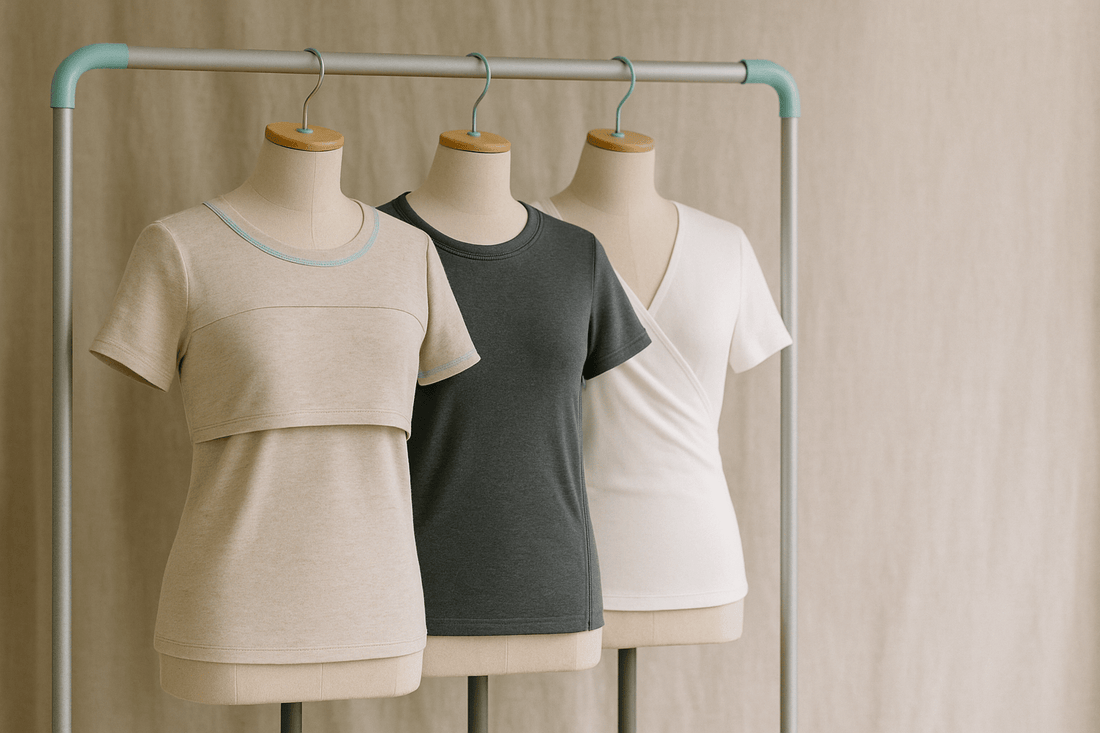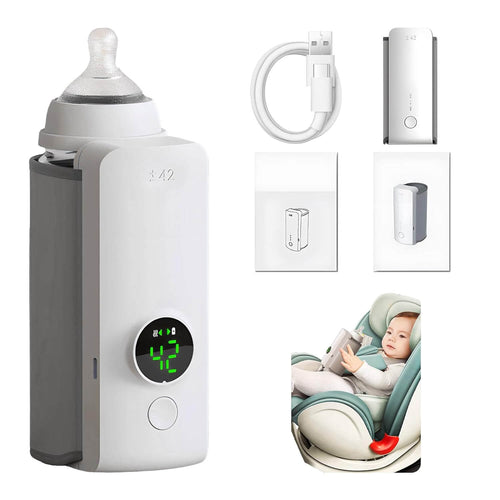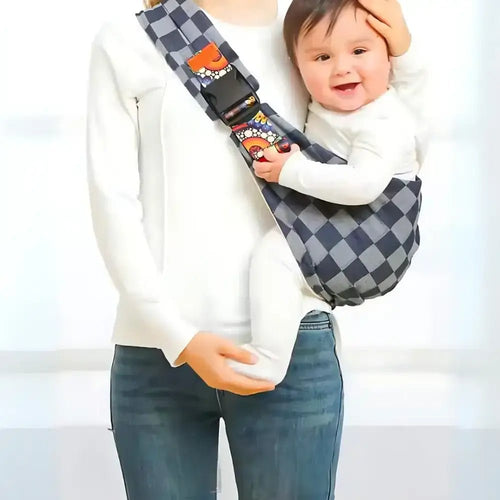
Breastfeeding Shirts: Comfort, Style & Access Types
Nursing on your terms—at home, out and about, or back at work—starts with the right top. This guide explains access types (double-layer, side-zip, wrap, drop-down), fabric & fit checks you can measure, pumping compatibility, and plus-size styling, with practical care tips and FAQs so you feel comfortable, supported, and confident.
What makes a breastfeeding shirt different?
- Easy access: Hidden openings, lift-up panels, or zippers so you don’t undress to feed or pump.
- Comfortable fit: Postpartum-friendly shaping with gentle stretch and room where you need it.
- Discreet design: Double layers, modesty panels, and necklines that move naturally.
- Pumping-ready: Fabrics and openings that work with flanges or hands-free cups.
Access types (how they work)
| Access type | How it works | Best for | Watch-outs |
|---|---|---|---|
| Double-layer lift-up | Top layer lifts; inner layer has a centered or side opening. | Discretion in public; quick nursing. | Inner opening must align well; check stretch at bust. |
| Side-zip (hidden) | Invisible zips at side seams open a feeding window. | Pumping with flanges; sleek silhouettes. | Ensure soft zipper tape; test seated comfort. |
| Wrap/cross-over | Surplice front pulls aside without hardware. | Dressy looks; adaptable through size changes. | Use a cami for extra coverage if neckline loosens. |
| Drop-down (clip) | Built-in shelf or tank clips down at the strap. | Layering; quick night feeds. | Clips should be smooth and one-hand friendly. |
| Button-front | Classic shirt unbuttons partially for access. | Work outfits; structured looks. | Gapping between buttons—size up or add a cami. |
Fabric & construction: what to look for
- Breathable knits: Cotton, modal, or bamboo-viscose blends with 3–8% elastane for recovery.
- Opacity: For lighter colors, aim for midweight knits (approx. 180–220 gsm) to reduce show-through.
- Soft hardware: Zippers with covered tape; flat seams at the bust; tag-less labels.
- Stretch & return: Fabric should snap back after nursing to keep shape all day.
Fit, sizing & plus-size tips
- Measure now: Bust can change week-to-week; re-measure and check each brand’s chart.
- Room where it matters: Choose relaxed fits at bust/waist with a curved hem for coverage.
- Plus-size styling: Look for wider shoulder spans, longer sleeves, and extra ease in the upper arm.
- Layering wins: Pair with a stretchy cami or cardigan for temperature and coverage control.
Pumping compatibility (hands-free friendly)
- Flange fit: Side-zips and lift-up openings should allow flanges to sit straight without pressing seams.
- Hands-free cups: Look for wider, elasticized openings or pair your top with a pumping bra underneath.
- Between sessions: For surface tenderness, some parents use silver nursing cups between feeds—remove before nursing or pumping.

Care & durability
- Wash cool, dry low: Preserve elastane and color; reshape panels before drying.
- Zip & clip first: Close zippers and fasten clips to protect fabric.
- Spot treat softly: Use a gentle, fragrance-free detergent on milk spots.
- Rotate: A small capsule (3–5 tops) extends lifespan and reduces wear.
Style ideas for everyday, work & events
- Everyday: Double-layer tee + high-rise leggings + sneakers.
- Work: Side-zip blouse + wide-leg trousers + loafers; keep a cardigan at your desk.
- Events: Wrap top + midi skirt; add a cami and subtle jewelry.
- Night feeds: Drop-down tank + soft joggers + cozy robe.
FAQ
Do I really need a specific breastfeeding shirt?
No—but dedicated nursing tops make access faster and more discreet, especially when pumping or feeding in public.
Which access type is best for pumping?
Side-zip and double-layer openings tend to align flanges well. If using hands-free cups, test the opening width.
What fabrics feel best on sensitive skin?
Soft knits like cotton, modal, or bamboo-viscose blends with a touch of elastane and flat seams at the bust.
How many nursing tops do I need?
Start with 3–5 you love (mix of casual, work, and sleep). Rotate to extend longevity.


